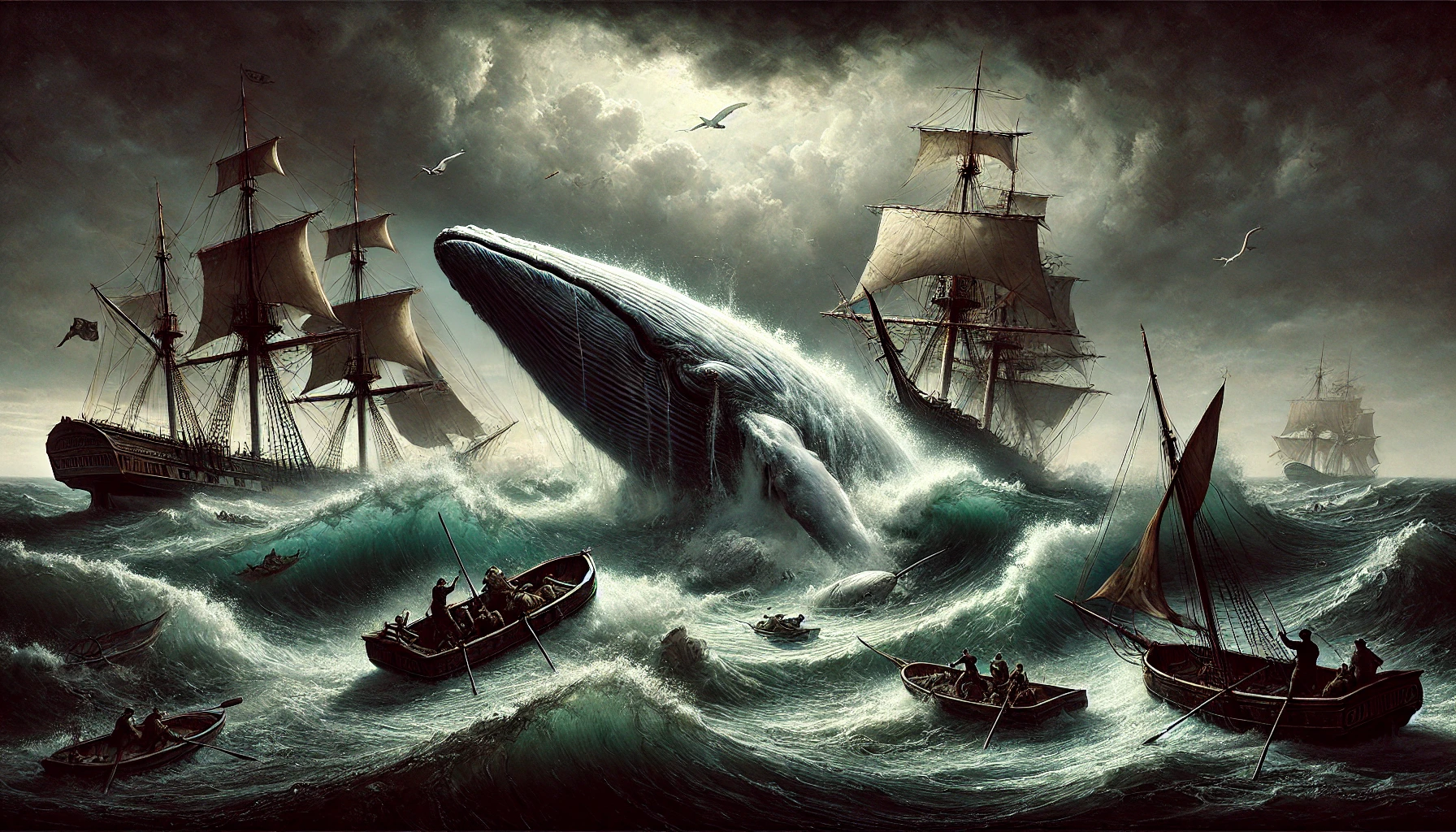Sidddhartha by Hermann Hesse, first published in 1922, is a philosophical novel that explores the spiritual journey of its protagonist, Siddhartha, as he seeks self-discovery and enlightenment. Set in ancient India, the novel draws heavily from Hinduism, Buddhism, and Hesse’s personal reflections on the nature of human existence. It is a work that explores deep themes of knowledge, self, and enlightenment through the eyes of a man who is dissatisfied with conventional teachings and paths to wisdom. Hesse received the Nobel Prize in Literature in 1946, and Siddhartha remains one of his most celebrated works.
Plot Summary
In the shade of the riverbank, near the boats, and under the fig tree, Siddhartha grew up as the handsome son of a Brahmin. He was loved by all—by his parents, by his friend Govinda, and by the Brahmin’s daughters. But Siddhartha was not at peace. He longed for something more than the wisdom of the Brahmins, more than their sacred rituals and offerings. He wanted to find the innermost essence of life, the Atman, which lay beyond the teachings of his father and the learned men around him.
One day, wandering ascetics known as Samanas arrived in Siddhartha’s village. These men lived in poverty, practicing extreme self-denial in pursuit of spiritual awakening. Siddhartha decided to follow them, convinced that true knowledge could only be found through renouncing the comforts of life. His closest friend, Govinda, joined him, trusting that Siddhartha’s path would lead them both to enlightenment. Together, they lived among the Samanas, fasting and meditating until their bodies grew weak and their senses numb. Siddhartha endured physical suffering and detached himself from the desires of the flesh. Yet despite the years spent in asceticism, peace eluded him.
News of a great teacher, the Buddha, began to spread across the land. Gotama, known as the Enlightened One, was said to have attained nirvana and broken free from the endless cycle of rebirth. Intrigued, Siddhartha and Govinda journeyed to hear the Buddha’s teachings. In the town of Savathi, they found Gotama surrounded by disciples, teaching the path to the cessation of suffering. Govinda, struck by the wisdom and serenity of the Buddha, chose to stay and become his follower.
But Siddhartha, while filled with admiration for Gotama, did not join him. He believed that enlightenment could not be taught through doctrines or words. It had to be experienced. Siddhartha thanked the Buddha for his wisdom, but resolved to continue his search alone. As he left the town, a great sense of awakening filled him—he was no longer a seeker of teachers or teachings. From this point on, Siddhartha would learn only from himself and the world around him.
Siddhartha crossed a river and entered a new phase of life. In the city, he met Kamala, a beautiful courtesan who taught him the art of love. She introduced him to Kamaswami, a wealthy merchant, and Siddhartha began to live as a man of the world. He learned the ways of business, making money and indulging in the pleasures of the senses. Years passed, and Siddhartha became rich, dressing in fine clothes and living in luxury. He enjoyed Kamala’s company, and together they explored the pleasures of love. Yet, the more he embraced the material world, the more a deep sense of dissatisfaction grew within him.
Wealth and indulgence began to feel hollow to Siddhartha. He grew tired of his life among merchants and gamblers, realizing that the pleasures of the flesh were fleeting and left his soul empty. His inner voice, the one that had driven him to seek something greater, grew quiet under the weight of his indulgences. Eventually, Siddhartha could bear it no longer. He left the city, abandoning his life of wealth and pleasure, and returned to the river, where he had once crossed as a wanderer.
By the river, Siddhartha met the ferryman, Vasudeva. Vasudeva was a humble man who lived in harmony with the river, listening to its secrets. Siddhartha asked to stay with him, and together, they ferried people across the water. In the quiet company of the ferryman, Siddhartha learned to listen—not just to the river, but to life itself. The river, ever-flowing and eternal, taught him that time is an illusion, that life is a cycle of beginnings and endings, and that all things are interconnected. As he listened to the river, Siddhartha found the peace that had eluded him for so long.
One day, Kamala, now a follower of the Buddha, came to the river with her young son. She had left behind her life as a courtesan. Unbeknownst to Siddhartha, the boy was his own son. Kamala, bitten by a snake, died in Siddhartha’s arms, leaving the boy in his care. Siddhartha, now filled with love for his son, struggled to raise the boy, who resented him and longed to return to the city. The boy eventually fled, leaving Siddhartha heartbroken. Yet, this suffering became another source of wisdom for him. Through his pain, Siddhartha learned to let go of attachment and accept the flow of life.
As the years passed, Siddhartha grew old, content in his life by the river. Govinda, still seeking enlightenment, heard of a wise ferryman living by the water. When he arrived, he did not recognize Siddhartha, but Siddhartha recognized him. Govinda had followed the Buddha’s teachings for many years but had not yet found the peace he sought. Siddhartha, now filled with understanding, told his old friend that enlightenment could not be found through teachers or doctrines, but only through experiencing life itself.
In a moment of profound connection, Siddhartha asked Govinda to kiss him on the forehead. As Govinda did so, he saw in Siddhartha’s face the unity of all life—the river, the trees, the stars, the suffering, and the joy. In this instant, Govinda glimpsed the same truth that Siddhartha had found. Siddhartha had become one with the flow of life, and his search for enlightenment was complete.
Main Characters
Siddhartha: The protagonist, Siddhartha, is a Brahmin’s son, whose journey towards spiritual enlightenment drives the narrative. He is intelligent, introspective, and deeply dissatisfied with the conventional religious teachings of his time. Throughout the novel, Siddhartha seeks knowledge not from teachers but through personal experience, living different lives as a samana, a lover, a merchant, and a ferryman, in pursuit of self-realization.
Govinda: Siddhartha’s childhood friend and fellow seeker of enlightenment. Unlike Siddhartha, Govinda finds comfort in following teachers and eventually becomes a devoted disciple of the Buddha. Govinda represents the path of those who seek enlightenment through devotion to others’ teachings, contrasting with Siddhartha’s independent pursuit.
Kamala: A beautiful courtesan who teaches Siddhartha about love and the ways of the material world. Kamala plays a key role in his journey by introducing him to both the pleasures and the hollowness of a life centered on worldly desires. She represents sensuality, attachment, and the temporary distractions of earthly life.
Vasudeva (The Ferryman): Vasudeva is a wise ferryman who helps Siddhartha find peace and understanding by learning to listen to the river. As Siddhartha’s spiritual guide in the later stages of the novel, Vasudeva symbolizes nature, simplicity, and the interconnectedness of all life.
Gotama (The Buddha): The historical Buddha, Gotama, plays a brief but important role. Siddhartha and Govinda meet Gotama early in their journey, but while Govinda becomes his disciple, Siddhartha chooses not to follow him, believing that enlightenment cannot be taught but must be experienced firsthand.
Theme
The Search for Enlightenment: At the heart of Siddhartha is the search for spiritual enlightenment. Siddhartha’s journey is not linear but cyclical, involving a continuous process of questioning, experiencing, and realizing. He rejects traditional paths to salvation in favor of his own, demonstrating the deeply individual nature of enlightenment.
Self-Discovery and Individualism: Siddhartha’s journey emphasizes the importance of self-discovery. His path contrasts with those who seek guidance through teachers or dogma. He must experience every aspect of life—asceticism, love, wealth, and simplicity—before he can find his true self and inner peace.
Unity and Interconnectedness: The novel frequently explores the idea that all life is interconnected, a concept symbolized by the river that Siddhartha eventually learns to listen to. The river teaches him that life, like water, is cyclical, ever-flowing, and that everything in existence is part of a greater whole.
The Illusion of Time: Time is depicted as an illusion in the novel, especially through Siddhartha’s reflection on the river. The river represents timelessness—everything exists simultaneously, and all moments are part of a larger unity. Siddhartha’s understanding of this truth brings him closer to enlightenment.
Writing Style and Tone
Hermann Hesse’s writing in Siddhartha is deeply lyrical and philosophical. His prose is often meditative, reflecting the spiritual and introspective nature of Siddhartha’s journey. Hesse’s language is simple, yet profound, mirroring the themes of the novel—the pursuit of simplicity, inner peace, and ultimate truth. The novel’s tone is one of quiet reflection, as Hesse invites readers to ponder the questions of existence, knowledge, and enlightenment along with the protagonist.
Hesse uses repetition and rhythm to convey the cyclical nature of life, much like the flow of the river that becomes a central symbol in the novel. His descriptions are vivid, especially of natural settings, creating a serene atmosphere that parallels Siddhartha’s own quest for tranquility and understanding. The tone shifts throughout the novel—from Siddhartha’s youthful arrogance and dissatisfaction, to the despair of middle age, to the serene acceptance he finds in the end. This progression underscores the character’s spiritual growth and the novel’s emphasis on the journey over the destination.
We hope this summary has sparked your interest and would appreciate you following Celsius 233 on social media:
There’s a treasure trove of other fascinating book summaries waiting for you. Check out our collection of stories that inspire, thrill, and provoke thought, just like this one by checking out the Book Shelf or the Library
Remember, while our summaries capture the essence, they can never replace the full experience of reading the book. If this summary intrigued you, consider diving into the complete story – buy the book and immerse yourself in the author’s original work.
If you want to request a book summary, click here.
When Saurabh is not working/watching football/reading books/traveling, you can reach him via Twitter/X, LinkedIn, or Threads
Restart reading!








